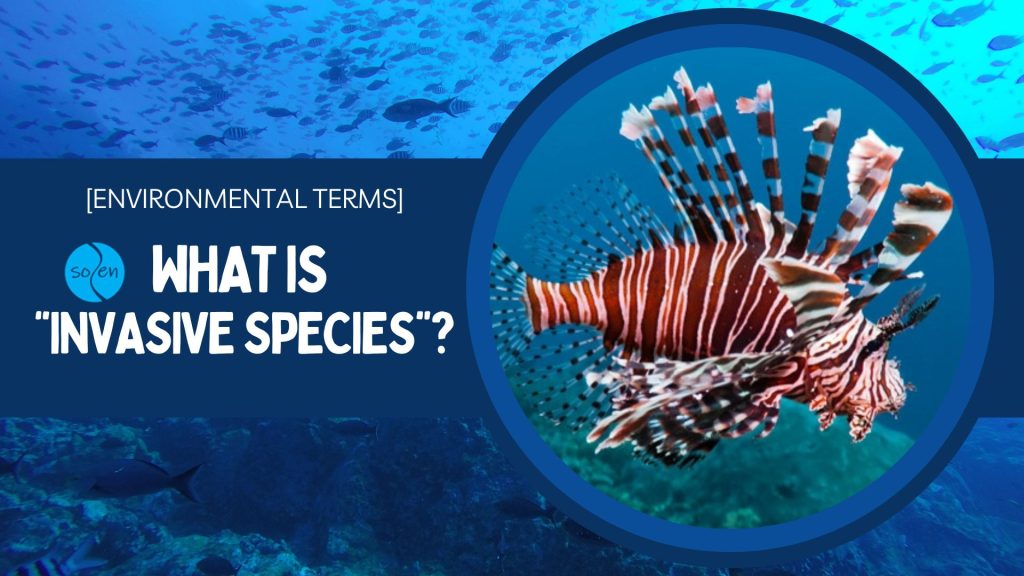- What are invasive species?
– An invasive species is an introduced, non-native organism (disease, parasite, plant or animal) that begins to spread or expand its range from the original location of introduction and potentially harmful to the environment, the economy or human health.
– This term can also be used for native species that become harmful to their native environment after humans change their food webs. Since the 20th century, invasive species have become a serious economic, social and environmental threat worldwide.
- The problems caused by invasive species
– The majority of the earth’s ecosystems are negatively affected by some form of invasive species. Human-assisted dispersal and translocation of species, both intentional and unintentional, across historic biogeographic barriers is leading to unprecedented homogenization of the biosphere. As a result, non-native species becoming invaders in their introduced ranges are having enormous ecological and economic impacts globally.
– Natural associations of species are significantly altered, threats to biodiversity, altered food web dynamics, altered trophic interactions, disruption of systemic functions ecological vitality and the devaluation of goods and services essential for human and non-human well-being are some of the greatest consequences of non-human species invasions.
– Invasive species have the potential to cause the extinction of native plants and animals, reduce biodiversity, compete with native organisms for limited resources, and alter habitats.
– Native species may be threatened with extinction through genetic pollution. Genetic contamination is unintentional hybridization and introgression, leading to the homogenization or replacement of local genotypes due to the numerical advantage or power of the invading species.
– Hybrids from invasive species mating with native species may incorporate their genotypes into the gene pool over time through introgression. Similarly, in some cases, a small invasive population can threaten much larger native populations.
- How to manage invasive species?
Controlling species populations is a complex but important task in biodiversity conservation strategies in natural ecosystems. Several methods have been proposed to manage invasive species such as:
– Strengthen regular inspection and detection activities and create distribution maps to control and promptly handle newly infected areas.
– Strictly control and proactively prevent the spread of foreign organisms.
– Enhance information and propaganda to raise awareness of the community participating in early detection and prevention of the spread of foreign organisms.
– Conduct timely control and prevention activities in newly infected or re-infected areas.
TLTK
- Nguyen, AT (n.d.). Current status and some solutions for managing invasive alien species – Nam Dong . Nam Dong Conservation Area. Retrieved September 7, 2023, from https://namdong.klth.org.vn/thuc-trang-va-mot-so-giai-phap-quan-ly-loai-ngoai-lai-xam-hai
- Simberloff, D. (nd). Invasive species . Wikipedia. Retrieved September 7, 2023,
from https://en.wikipedia.org/wiki/Invasive_species
- (2018). Invasive Species . ScienceDirect. https://doi.org/10.1016/B978-0-12-809665-9.10295-2
- What are invasive species? Are they always bad for our ecosystems? (n.d.). University of Plymouth. Retrieved September 7, 2023, from https://www.plymouth.ac.uk/discover/what-are-invasive-species



 Tiếng Việt
Tiếng Việt 日本語
日本語